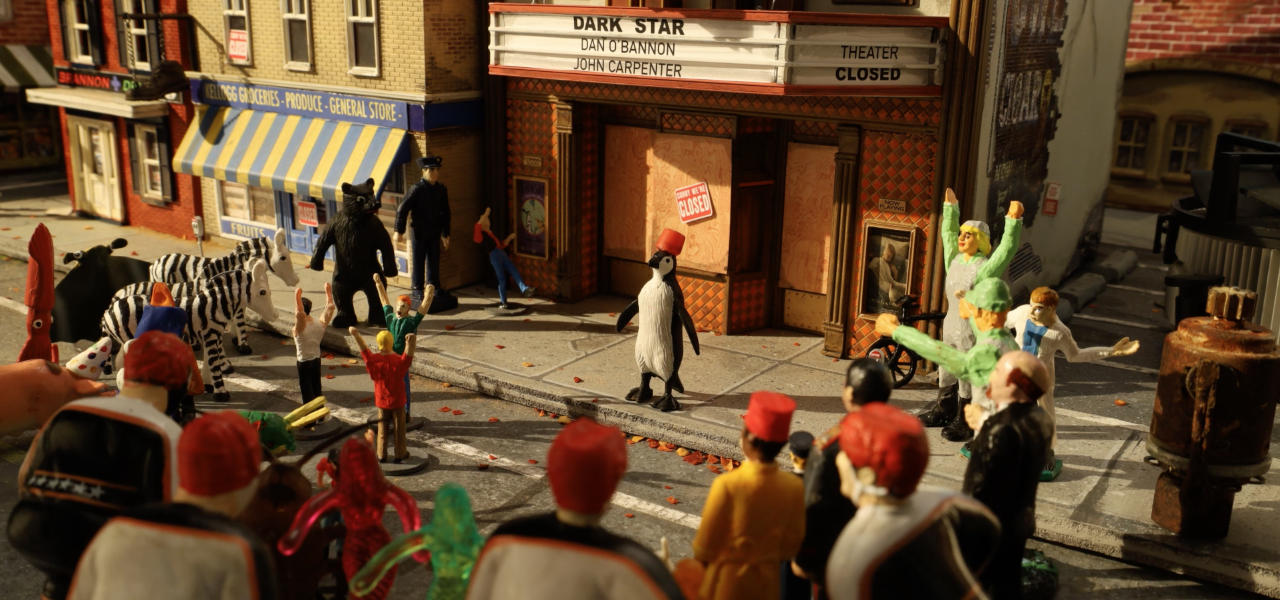
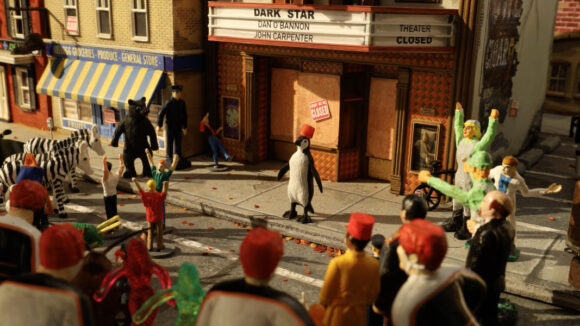
Animation Vet Carolyn Gair Talks Self-Producing Her Debut Feature ‘Return To Kellogg’ And The Best Advice She Got Along The Way
Canada-born L.A.-based filmmaker Carolyn Gair’s directorial feature debut Return to Kellogg will get its North American debut on August 5 at the Portland Festival of Cinema, Animation & Technology.
Despite a resume that goes back more than 30 years and includes work at major studios including Disney and Pixar, Paramount, and Warner Bros, Gair chose to make her first feature independently in her garage with a little help from her friends and a lot of help from a great director of photography, Jonas Schubach.
The film was conceived, written, crafted, and shot in a garage in Thousand Oaks using voice-over talent from around the world. It’s produced by Gair’s own label, Bowling4Rhinos Productions.
The film’s whimsical synopsis reads:
Return to Kellogg is about what happens when a postman, a penguin, a mad scientist, two French Canadian farmers, a man in a cheese costume, and a C league hockey team, among others, return to their hometown to steal an off-ramp to save it from being bypassed by a new highway. What follows is an impossible heist from a well-meaning ragtag team of unforgettable characters.
Ahead of the film’s debut, we caught up with Gair to find out why she was compelled to make a film on her own and the biggest hurdles she faced along the way.
What inspired you to set off on your own and make a full feature film?
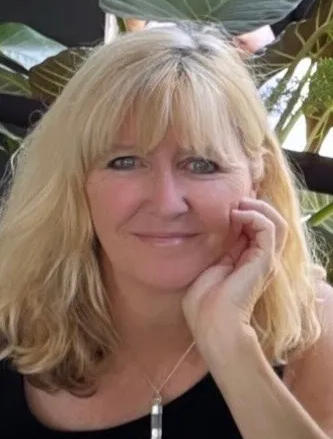
The short answer is: There are not enough women directors in Hollywood. The longer answer is: I’d been working in the industry on animated features for the last 20 years. I had just watched yet another project I was directing get shelved and I felt my director credits kept slipping away. At the time, I had been making 15-second stop-motion shorts for Instagram on my phone as a hobby and I had created some fun characters. I thought, “Hey! I should write my own animated feature and put my energy into that.” So, I started my own film company and here we are.
If you could somehow send a message back to yourself when you started this process, what kind of advice would you share?
Don’t animate ANYTHING until you hire someone who knows how to light your sets!
I had animated about 10 minutes of the film, lighting it on my own with copy lights. I took the reel with me to get feedback from a stop-motion director in New York. He loved the animation but said I needed to hire a DP, otherwise, it would continue to look homemade. I made a post on Mandy.com, kind of Angie’s list for indie filmmakers, and found a great DP, Jonas Schubach. He had never lit stop motion before, but loved the film idea, admired my passion, and we just really clicked as a team. He helped me choose the right equipment, lights, Cstands, gels, lenses, etc. We had to reshoot all the scenes I had animated, but it was worth it because his lighting skills added to the production value of the film.
Making a film on your own can’t be easy, and I imagine you had help along the way. To whom did you turn to bounce ideas off, screen clips for, and ask for suggestions?
My boyfriend and partner, Ron Hayes, became my biggest cheerleader from the very beginning. He helped me organize a table read and researched the stop-motion program I needed to animate with (Dragonframe, used by Laika and other studios). He became the film’s producer very quickly, helping buy equipment and learning to light scenes when our DP got stuck in Germany during Covid. He provided creative feedback, talked me off ledges when I felt like giving up, and eventually taught himself Premier so that he could edit the entire movie, including sound design and hiring a composer. Ron comes from a career in television media marketing, so being hands-on was actually a lot of fun for him. He was even great at some of the voice directing when I wasn’t getting the takes I was looking for. Ron even lit and edited my animated short Flower which is screening at festivals now.
What were the biggest challenges you faced in making this film?
Covid almost shut our film down for two years. Jonas, our DP, got stuck in Germany. I couldn’t have voice actors come to my studio to record in our booth. I couldn’t animate anything. And I had just taken on a directing job with Warner Bros for one of their Scooby Doo movies. I thought of giving up my own film. And then I remembered something a writer/producer friend once told me, “Survive your projects.” Basically, finish what you start, or you’ll never have anything to show for it. So, I started recording sessions with voice actors remotely so I would have something to animate to (I had to go to Canada after Covid travel bans were lifted to re-record them). Ron figured out how to get Jonas to help us light remotely as well. We created the “Jonas 3000,” basically my iPad on a rolling stand so that Jonas could FaceTime with us and direct the lighting over the phone. (You should have seen us at the beginning, we had no idea what we were doing, lighting jargon was foreign and so was the equipment. But we figured it out.) I made sets and props while juggling my day job, and by the time Jonas was able to fly back to Los Angeles we had everything ready, and we shot for seven weeks straight until we were done. It was so hot in the garage with all the lights glaring that I often animated in a bathing suit. AC wasn’t an option because it lowered the power grid and made the lights flicker.
You’d think my animating 82 minutes of stop-motion by myself would have been the challenge. But the best part of Covid was being alone in my garage at midnight, surrounded by the voices of my friends and family as I moved plastic toys around.
Can you talk a bit about the writing and “casting” process? Did you have the toys you wanted to use picked out before you started writing or did you have a screenplay and then go find toys to fill the roles?
I love these questions! I wrote the script and storyboarded the movie and then basically spent a year deciding on scale. My Instagram shorts feature a lot of HO scale figures (model train scale), and I was torn between the ones I had created, and the ability to make sets that tiny and even capture them with a camera. It was a dilemma.
I had used the plastic penguin in a few shorts, and his scale seemed a better match. So, I settled on what model train people call O Scale. Hobby shops near me sold a lot more useable props and background elements for that scale, so that clinched it for me. I made a lot of the characters myself and repurposed many others: a lot of chopping off heads and limbs to create poses for the film, as well as repainting everything. Stalin and Lenin I won on an Ebay bid and I was so thrilled I wrote them into the movie on the spot. The hockey players as well. I found them at a thrift store and replace the Yukon Scout Troop I had in the script. Hockey is much more on point with my Canadian theme. Even CheeseMan was a late addition. The beauty of spending 4 years making a film allowed for cast changes along the way.
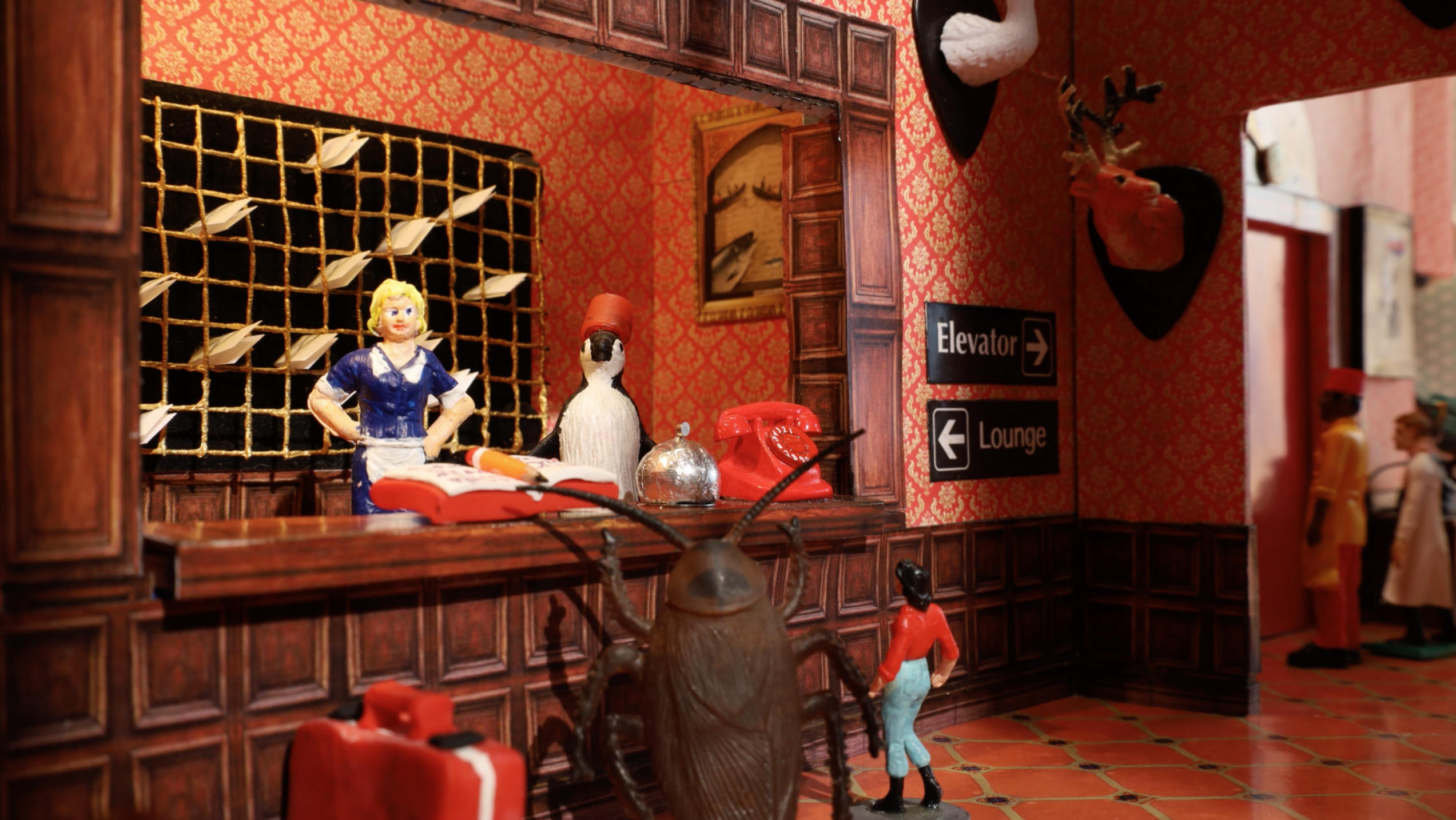
What was a day like on set for you? How did you budget your time to ensure that things were constantly moving forward in a productive way?
Good question. Crazy schedule. I thought it would take two years. Covid said four was more reasonable. But it all worked out. I didn’t take a day job for the final year of filming because it was so labor-intensive. And other than editing and lighting, I was wearing all the hats. Writer, voice director, script supervisor, prop department, set designer, character designer, animator, production manager, accountant, and more. Usually, on an animated feature, we have one person filling each role.
We were always moving forward. On my DP’s days off, I would be cutting radio plays, making the next set, and repairing props. I had a production binder that never left my sight and a running list of things to do. I really worked 24/7, but it was a labor of love and I just powered through.
A typical day? I would arrive at the studio (my garage) at 6 am. I would put the finishing touches on the set, arrange the figures I needed that day for filming, review the boards to make sure we had the right props for the scene, and finally set the camera where I thought it should be. Jonas would arrive at 7 am and spend time setting the lighting while I moved background elements to compliment the scene as we went along. For example, when we shot forest scenes, Jonas would make suggestions for set dressing, like, “Do you have any herbs in your kitchen for the forest floor? It looks too clean.” I’d and grab chili peppers and dill and sprinkle them around the set.
Then I would listen to the radio play for the animation to make sure the voices were paced right, fill in the dialog on the exposure sheet to make sure the voice synched up with the action, and animate for three-five hours depending on the length of the scene. After I was done with one scene, I would output it as a QuickTime and call Jonas in to review the footage. We loved playing back animation. Then I checked camera settings for moves and close-ups and started all over again until the end of the day. Some days I would film 15 seconds of animation if it was complicated. Sometimes as much as a minute.
Do you know what you want to do next? Directing or otherwise.
I just finished filming a seven-minute stop-motion film for the 2024 festival season, called Forage. It continues the story of the non-binary found-object character Zip, currently starring in my short film Flower that is also screening at the Portland Festival of Cinema, Animation & Technology. Also, I wrote an 11-minute tv pilot for a spin-off series for Return to Kellogg. Heck, I have all the sets, all the characters, all the props, why stop at one feature? I want to create a series and try to sell that as well. I’m currently between gigs so what else can I do with my time? I love directing. I love creating stories and bringing them to life. And I am now addicted to the art of stop-motion. There is an intimacy about the lack of technology that just feels so good.
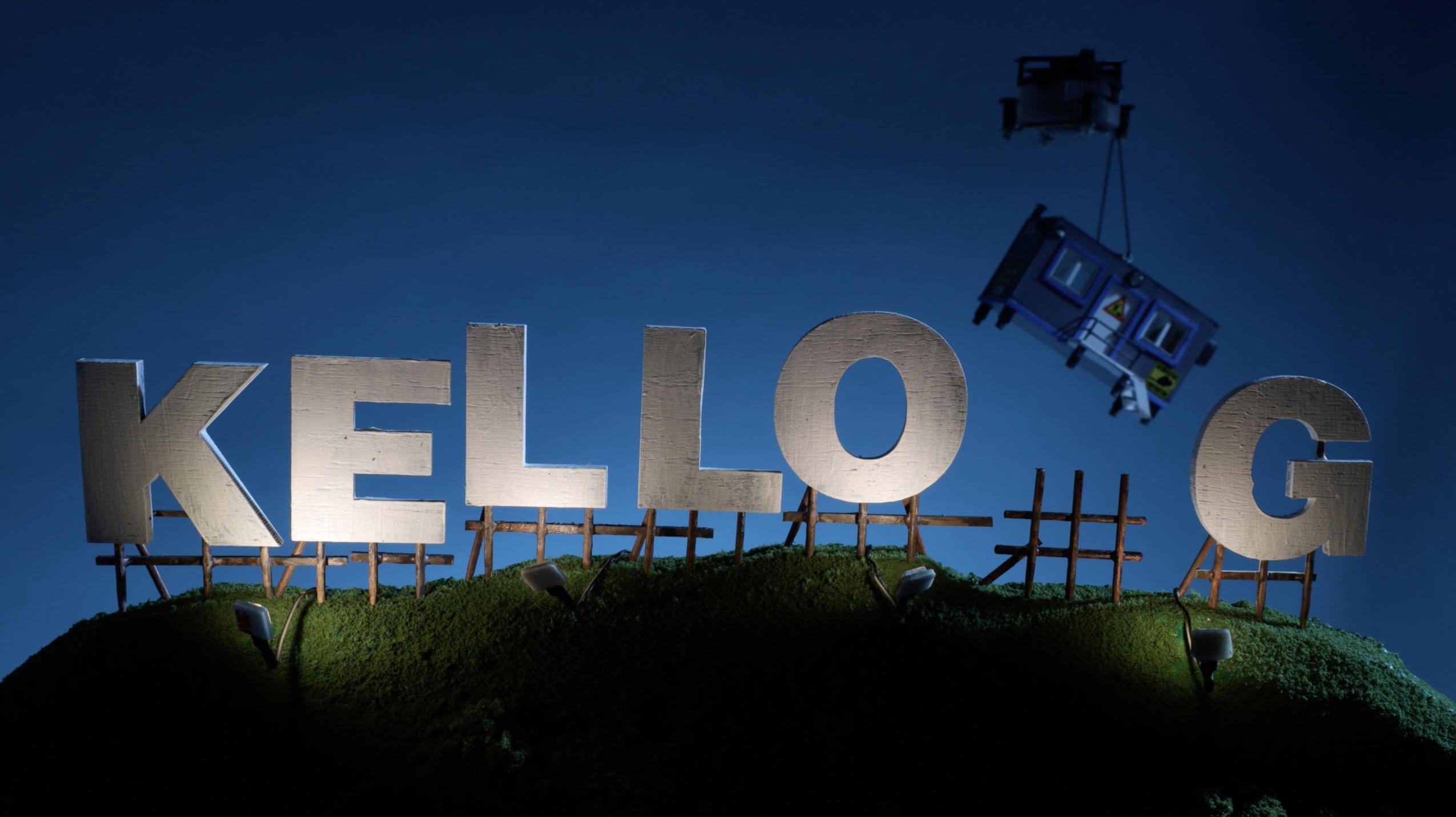

.png)